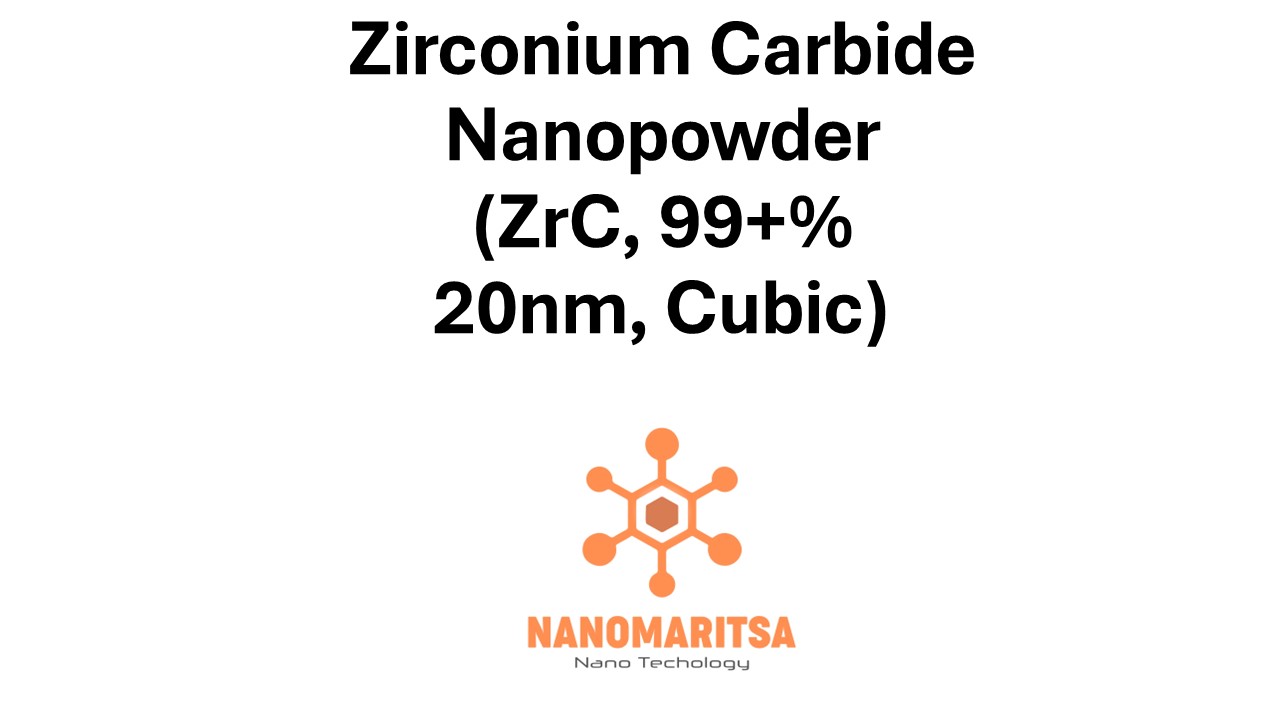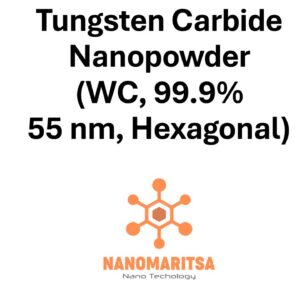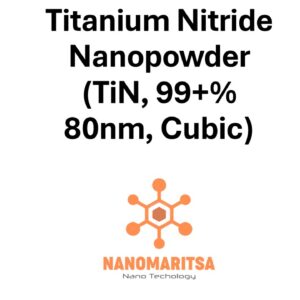Zirconium carbide (ZrC) is a refractory ceramic material renowned for its superior hardness, high melting point, and chemical stability. In nanopowder form—featuring 99+% purity and an average particle size of approximately 20 nanometers—ZrC demonstrates enhanced surface area, uniform dispersion characteristics, and improved sinterability. Its cubic crystal structure contributes to remarkable mechanical strength, making it indispensable for cutting-edge applications in aerospace, energy systems, high-temperature components, and advanced manufacturing.
Composition and Structure
ZrC (Zirconium Carbide):
Zirconium carbide consists of zirconium and carbon atoms arranged in a cubic lattice. This crystal structure provides isotropic mechanical properties and exceptional toughness, crucial for withstanding extreme conditions such as high temperatures and intense wear.
Purity (99+%):
The high purity ensures minimal impurities and defects, which is essential for preserving the desired hardness, chemical resistance, and thermal stability. This level of purity is vital in precision industries where even slight contaminants can degrade performance.
Particle Size (20 nm):
The ultrafine particle size maximizes surface area, improving sintering behavior and aiding uniform distribution in composite materials. These benefits translate into superior mechanical properties and enhanced efficiency in high-stress, high-temperature applications.
Properties
Extreme Hardness and Wear Resistance:
ZrC is among the hardest ceramic materials, delivering outstanding wear resistance. In nanopowder form, this hardness is even more pronounced, making it ideal for cutting tools, abrasives, and surface protection.
Thermal Stability:
With a melting point above 3400°C, zirconium carbide maintains its structural integrity under extreme heat, ensuring reliable performance in applications such as rocket nozzles, furnace linings, and turbine components.
Chemical Inertness:
ZrC resists oxidation, corrosion, and chemical attack, allowing it to operate effectively in aggressive environments and corrosive media, thus extending component lifespan and durability.
Electrical Conductivity:
Unlike many other ceramics, zirconium carbide exhibits moderate electrical conductivity, broadening its potential uses in electronic devices and specialized high-temperature electronics.
Applications
High-Temperature Components:
ZrC nanopowder is incorporated into parts exposed to extreme conditions—such as combustion chambers and heat exchangers—offering long-term durability and stability.
Cutting Tools and Wear-Resistant Coatings:
The superior hardness of ZrC enhances the performance and longevity of cutting tools, polishing materials, and protective coatings, reducing maintenance and downtime in industrial settings.
Aerospace and Defense:
ZrC’s high melting point and chemical resistance make it essential for rocket nozzles, hypersonic vehicle structures, and thermal protection systems, improving efficiency and safety.
Nuclear Technology:
Its ability to tolerate high temperatures and radiation damage makes ZrC a candidate for nuclear fuel cladding and reactor components, helping maintain integrity under extreme operational stresses.
Advanced Composites:
When added to metal, ceramic, or polymer matrices, ZrC nanopowder enhances mechanical strength, thermal stability, and chemical resistance, producing composites suited for demanding applications.
Recent Advancements and Research Contributions
Massachusetts Institute of Technology (MIT), USA:
Investigating additive manufacturing methods to form complex ZrC-based structures while preserving nanoscale grain sizes for superior mechanical properties.
Tsinghua University, China:
Developing eco-friendly synthesis processes to reduce energy consumption during sintering, making ZrC production more sustainable and cost-effective.
National University of Singapore (NUS):
Exploring ZrC coatings that can protect critical aerospace components from oxidation and thermal fatigue, improving fuel efficiency and lifecycle.
University of Cambridge, UK:
Designing high-density ZrC ceramics and composites with tailored microstructures to optimize strength, thermal conductivity, and oxidation resistance for turbomachinery applications.
Recent Developments
- Low-Temperature Sintering: Innovative sintering additives and processing conditions allow densification at reduced temperatures, lowering production costs and material stress.
- Hybrid Nanocomposites: Blending ZrC with carbon nanotubes or other nanoparticles results in multifaceted properties, including enhanced toughness, conductivity, and thermal shock resistance.
- Thin Film Deposition: Advanced chemical vapor deposition (CVD) and physical vapor deposition (PVD) techniques achieve uniform, defect-free ZrC coatings on intricate geometries.
Future Prospects
Zirconium carbide nanopowder (ZrC, 99+%, 20 nm, Cubic) continues to drive innovations in extreme-environment applications. Likely future developments include:
- Improved reactor materials capable of withstanding even higher temperatures and radiation levels for next-generation nuclear systems.
- Lightweight protective coatings and advanced propulsion components in aerospace and defense sectors.
- Wider integration into additive manufacturing for creating specialized, high-performance parts with minimized waste and enhanced mechanical properties.
By combining exceptional hardness, chemical inertness, thermal stability, and moderate electrical conductivity, ZrC nanopowder remains a keystone material for modern industry, shaping the frontier of high-performance ceramics for critical applications around the globe.
| Measurement (gr) | 100 grams, 500 grams, 1000 grams |
|---|






